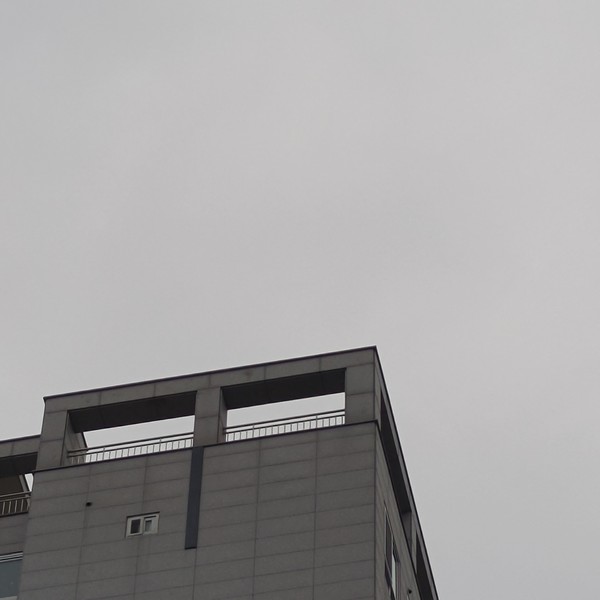Photologue @theuostimes7



On June 23 was a pouring rain all day in Seoul. The rain marked the beginning of jangma (the rainy season, in English.) Jangma is the season in Korea, typically a month-long, in which significantly heavy rains are frequent. Usually, jangma lasts from late June to July. It is caused by the stationary front met between the North Pacific air mass and Okhotsk Sea air mass. During the season, it becomes harder to see the sunny weather and sudden downpours are persistent. It is the season where the ever-annoying mosquitoes explode in numbers, owing to the humid air and puddles.
Although the frequent rainstorm during jangma can be agonizing, for some, jangma is something awaited. Jangma is responsible for 30 percent of the total annual precipitation of Korea. Therefore, farms which had difficulty in irrigation can have their deficiency of water relieved after jangma. Also, because the rain increases the humidity, the air gets much clearer and becomes free of particulate matter problem, though temporarily.
Jangma is followed by the infamous steaming heat of Korea. The increased humidity during jangma and the high atmospheric pressure coming after it raises the discomfort index explosively. Encountered with such harsh weather as soon as the vacation began, it is highly recommended for students to stay safe while keeping careful minds on personal hygiene and get jangma through with.

